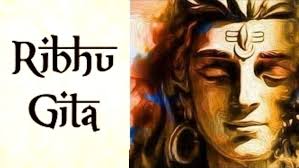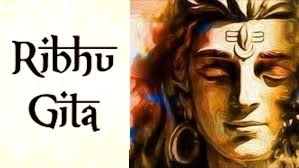Unveiling the Ancient Origins and Transformative Power of Yoga: Exploring Different Types and Their Purpose

Yoga, with its origins deeply rooted in ancient Indian civilization, has transcended time and geography to become a global phenomenon embraced by millions worldwide. Derived from the Sanskrit word "yuj," meaning union or connection, yoga offers a holistic path to harmonizing the body, mind, and spirit, leading to greater well-being and inner peace. Let us embark on a journey to explore the origins of yoga, its diverse types, and the transformative purpose behind each practice.
Origin of Yoga:
The origins of yoga can be traced back over 5,000 years to the ancient Indus Valley civilization of India. Initially developed as a spiritual practice by sages and ascetics seeking self-realization and enlightenment, yoga evolved over time to encompass a wide range of physical, mental, and philosophical disciplines. The earliest known text on yoga is the Rigveda, which contains hymns praising the divine union achieved through yogic practices.
The Purpose of Yoga:
-
Physical Health: Yoga promotes physical strength, flexibility, and balance, enhancing overall fitness and preventing injury and illness.
-
Mental Well-being: Yoga reduces stress, anxiety, and depression, promoting mental clarity, emotional resilience, and inner peace.
-
Spiritual Growth: Yoga deepens spiritual awareness, connection, and self-realization, leading to a sense of purpose, fulfillment, and transcendence.
-
Mindfulness: Yoga cultivates mindfulness, presence, and self-awareness, fostering a deeper appreciation for life and a greater sense of gratitude and joy.
-
Holistic Healing: Yoga supports holistic healing, addressing the needs of the body, mind, and spirit, and promoting balance, harmony, and vitality in all aspects of life.
As we honor the ancient origins and diverse traditions of yoga, let us embrace the transformative power of this ancient practice and embark on a journey of self-discovery, growth, and awakening. Through dedicated practice and mindful engagement, may we unlock the boundless potential within and cultivate a life of health, happiness, and fulfillment.
Types of Yoga:
-
Hatha Yoga:
- Purpose: Hatha yoga focuses on physical postures (asanas) and breath control (pranayama) to balance the body and mind. It aims to improve flexibility, strength, and overall well-being through a series of gentle and deliberate movements.
-
Vinyasa Yoga:
- Purpose: Vinyasa yoga emphasizes flowing movements synchronized with breath, creating a dynamic and fluid practice that builds strength, flexibility, and mindfulness. It promotes a sense of inner peace and vitality while cultivating a deeper connection to the present moment.
-
Ashtanga Yoga:
- Purpose: Ashtanga yoga follows a specific sequence of postures (asanas) combined with synchronized breathing techniques (ujjayi breath) and internal energy locks (bandhas). It aims to purify the body, cultivate focus, and develop spiritual awareness through disciplined practice.
-
Kundalini Yoga:
- Purpose: Kundalini yoga focuses on awakening the dormant energy within the body (kundalini) through a combination of physical postures, breathwork, chanting (mantra), and meditation. It aims to elevate consciousness, expand awareness, and unlock the individual's full potential.
-
Iyengar Yoga:
- Purpose: Iyengar yoga emphasizes precision and alignment in each posture, using props such as blocks, straps, and bolsters to support practitioners of all levels. It aims to promote physical alignment, balance, and stability while cultivating mindfulness and self-awareness.
-
Bikram Yoga:
- Purpose: Bikram yoga consists of a specific sequence of 26 postures and two breathing exercises practiced in a heated room. It aims to detoxify the body, increase flexibility, and promote cardiovascular health while fostering mental resilience and focus.
















